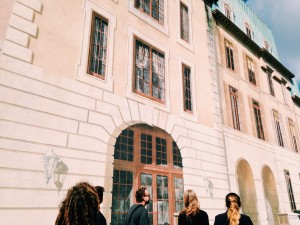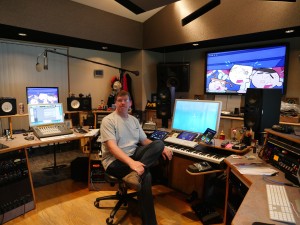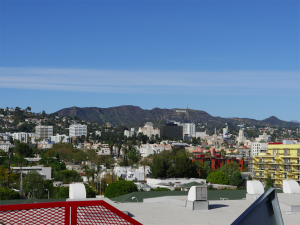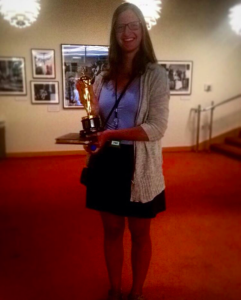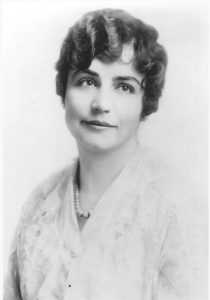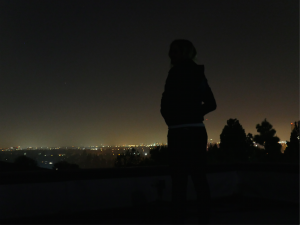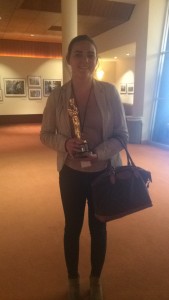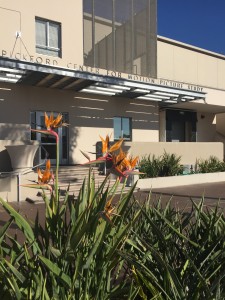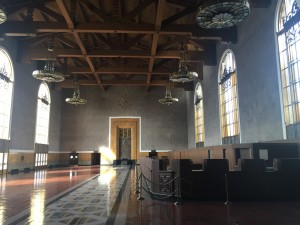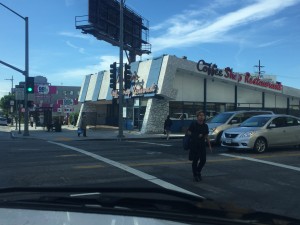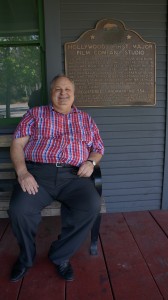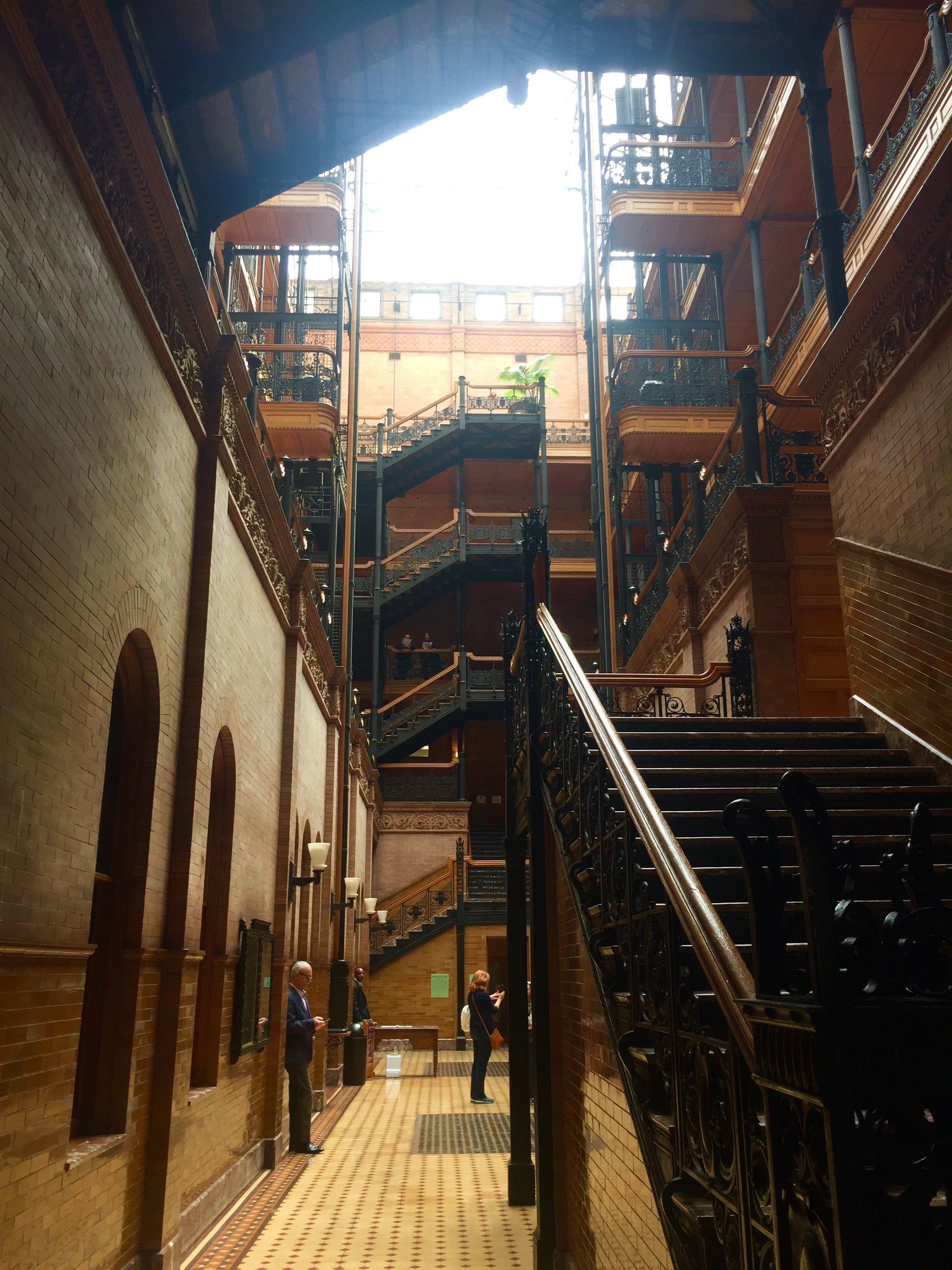As we walked around Warner Brothers Studio today, I gawked at the large beige buildings on each side of us. Inside these simple, seemingly sterile buildings were worlds out of our reach – some in New York, Chicago, or even an underwater cave. We walked along a street of “New York” in the back lot of the studio and walked down some “city apartments” whose interiors were just wooden beams and storage space for tools. I blurted out, “It’s all fake?!” Everyone laughed at my seemingly ludicrous question. Of course it’s all fake. This is Hollywood.
On the outside, Hollywood is sunny and pleasant, but underneath it all is an industry of make-believe for the sake of making money. However, there’s more to that than I initially thought. We have been meeting very grounded, authentic, and honest people who know how the industry works and yet are still able to do what they love.
We met with two people today with very different jobs. First, we met Marc Solomon, the Executive Vice President of Post-Production at Warner Brothers Studios. He’s been working at WB for over 20 years and I could tell he had a lot of people’s respect. He gave valuable insights into the industry and gave us advice on how we can get into the system. He got to know us individually and then personalized his advice based on our interests. On the flip side, we then met with Tim Sexton, an award-winning writer who is now working on the TV show Chicago PD. When we got in the writer’s room, his team was going through a mini crisis. Tim was a bit frazzled, but was still able to have a Q&A with us. He said many important things, but one that stuck with me was his belief that in order to get through obstacles and setbacks, you have to have “pathological optimism.”
Pathological optimism started to connect in my mind with the large beige sound stages in the studio lots. It’s all a facade in some way, but a necessary one. To mask the struggle and power hierarchy and rejection in Hollywood, there’s a sunny exterior – like the big Hollywood sign, grand theaters, and studio lots. Pathological optimism and all its sunny props are a necessity to keep doing what you love, or to keep working towards what you love to do.
However, there’s another layer to this. Beneath the facade and the underbelly of Hollywood, there are lots of good people working in this industry. People who believe in the next generation, who want to make good work, and who are nice to people they meet. They are what is keeping this place afloat. There is authenticity in this land of make-believe, and it gives me comfort as I approach my immersion into the deep, dark pool of adulthood. Just remember, pathological optimism.

